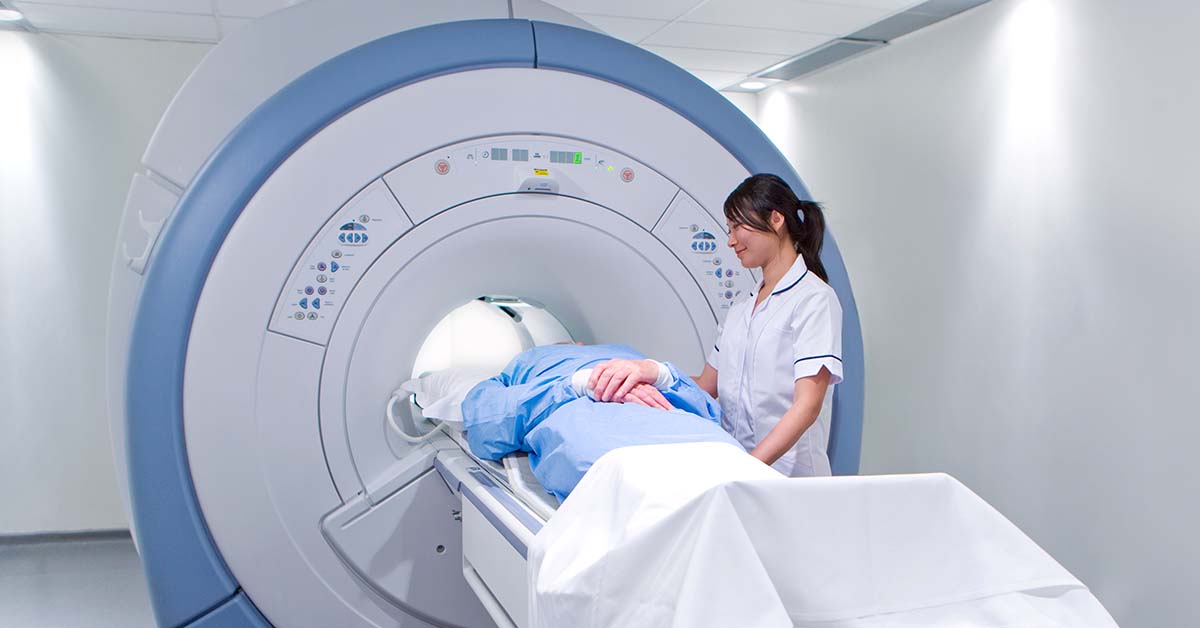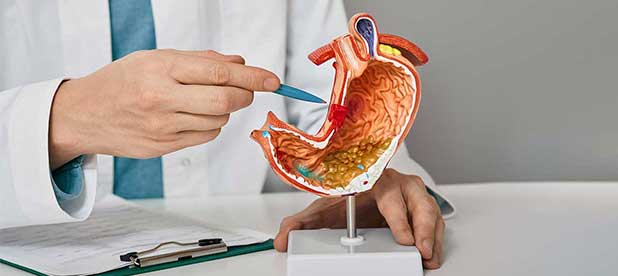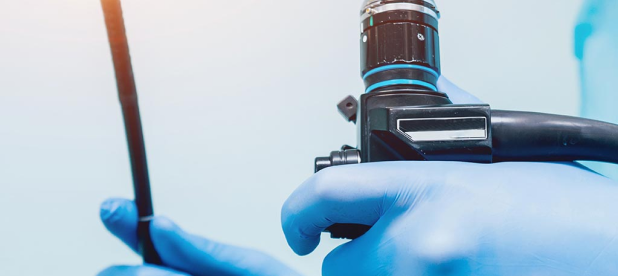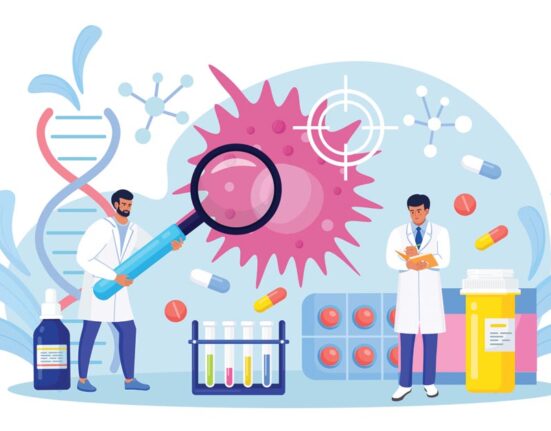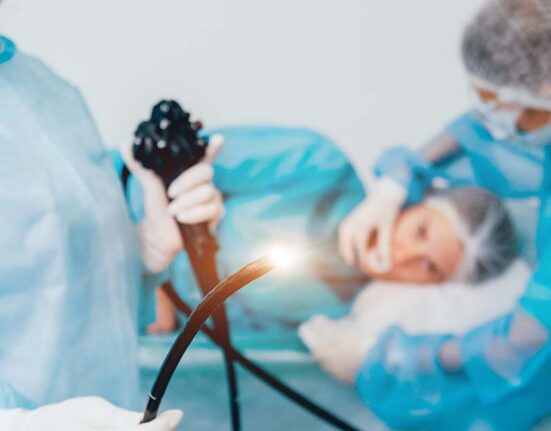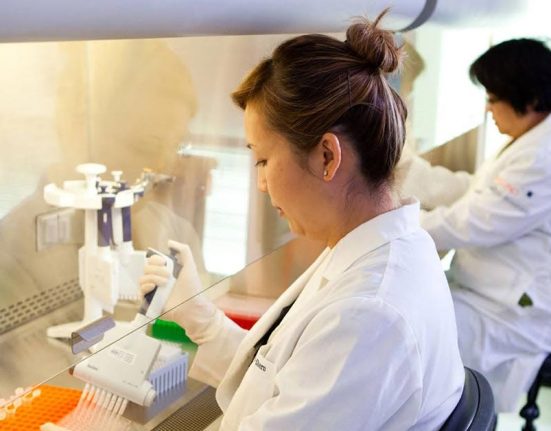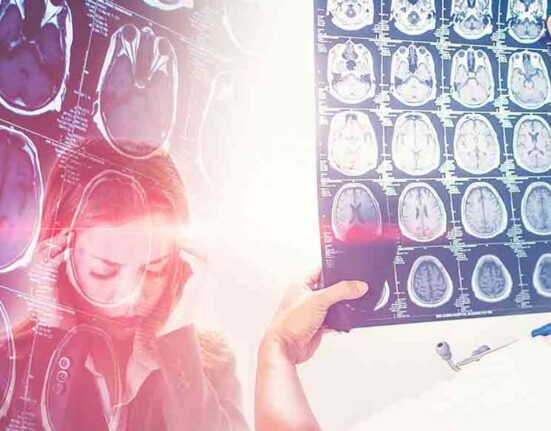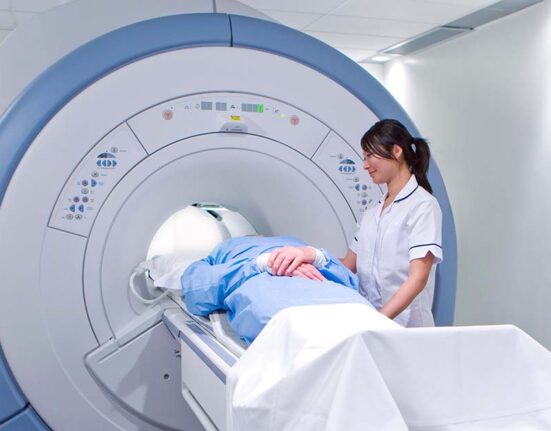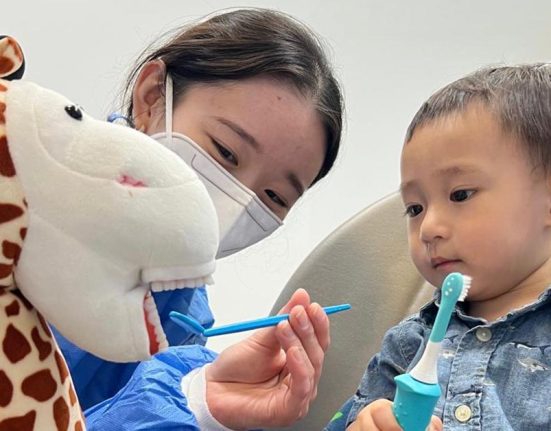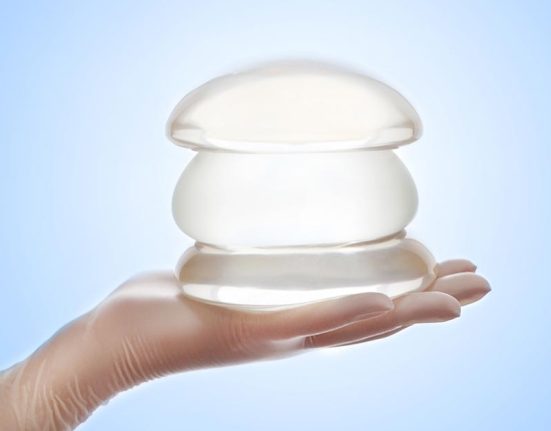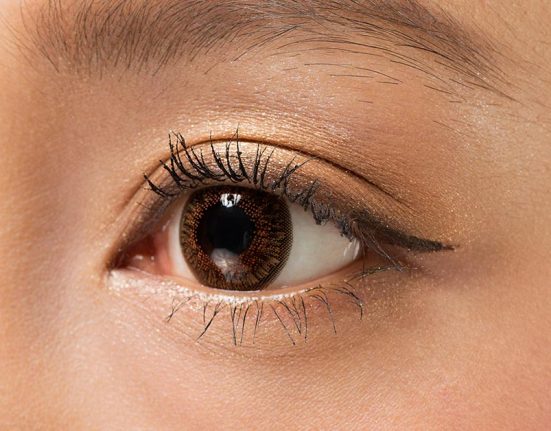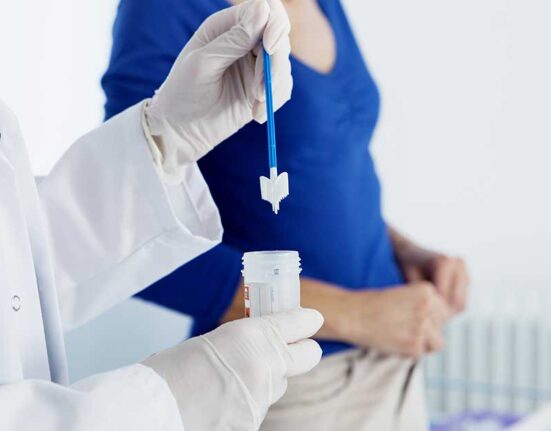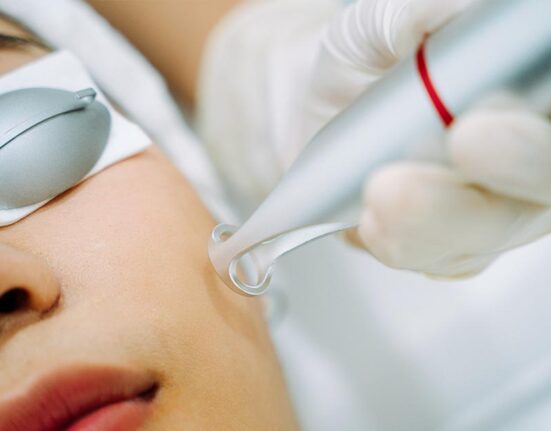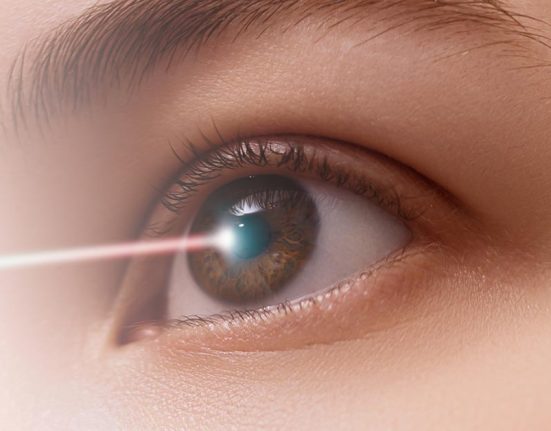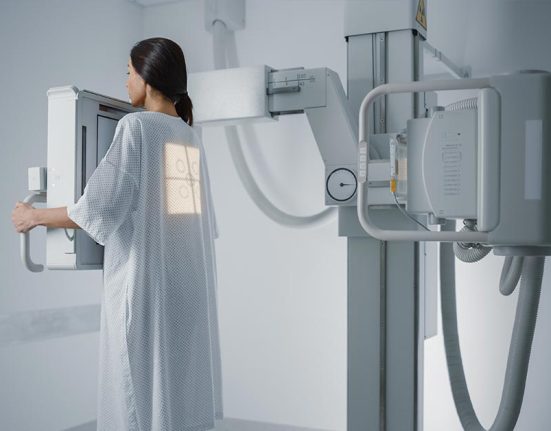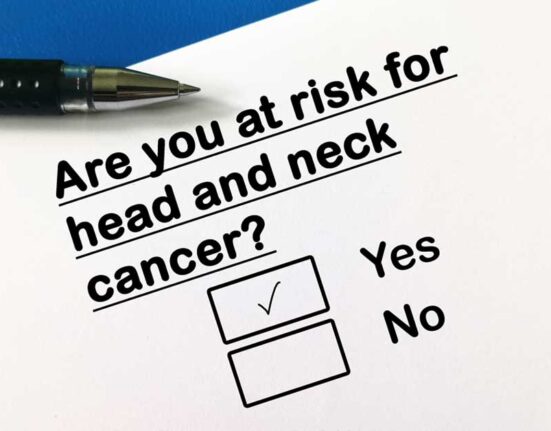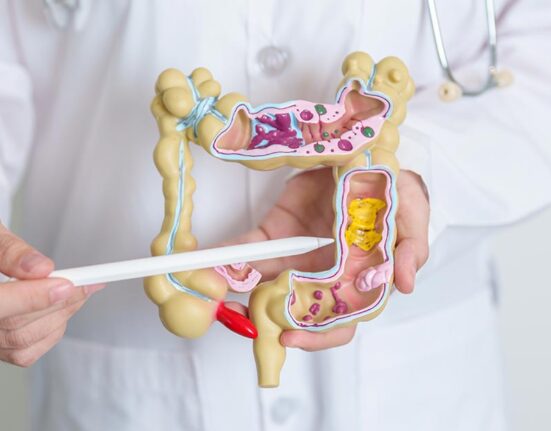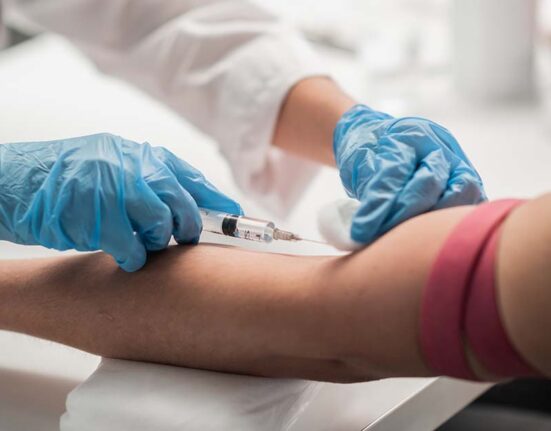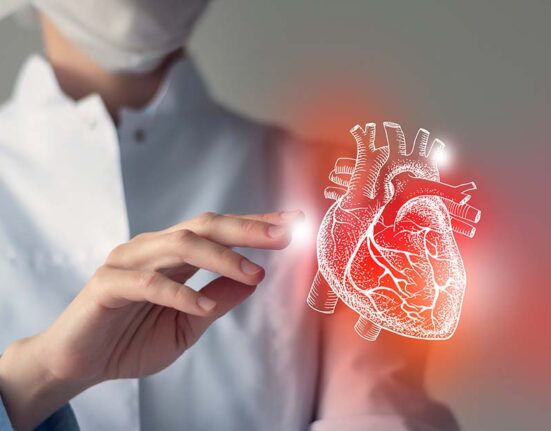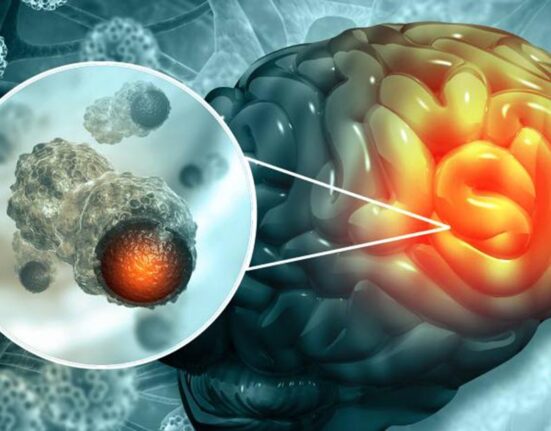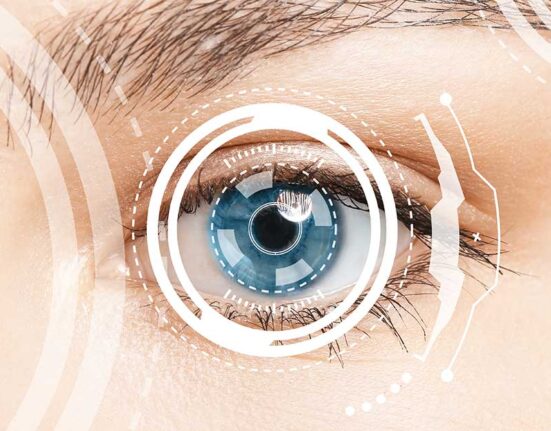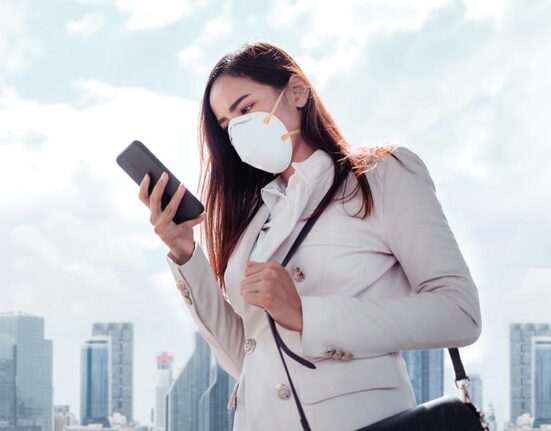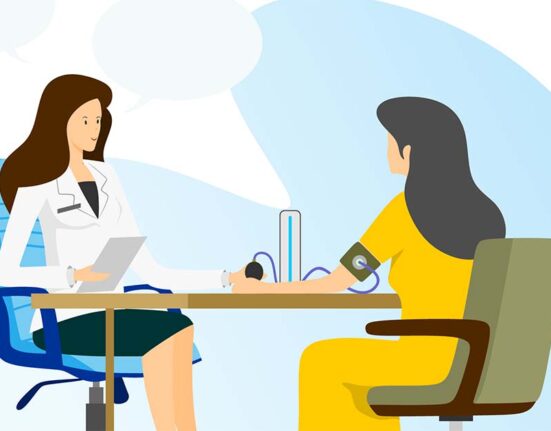X-Ray, CT Scan and MRI in Singapore are commonly used diagnostic imaging technologies. Most people in Singapore know what it means to take an “x-ray”, but many may not know the difference between an MRI and a CT scan. How are they different, and what are their use cases?
The Similarities and Difference Between MRI and CT Scan in Brief
MRI stands for “Magnetic Resonance Imaging”, and CT stands for “Computed Tomography”. MRI and CT scan machines look similar to the untrained eye. Both types of machines are white, large O-shaped machines that scan people who lie down in them. They are both used for getting detailed images of the inside of a patient’s body to diagnose or to rule out certain medical conditions.
One key difference is that MRI scanning uses magnetic fields and radio frequency waves to image the body, whereas CT scanning uses x-rays. In terms of speed, an MRI procedure can take 45 mins to 2 hours, whereas a CT scan takes only 5-15 mins.
In both technologies, a special dye termed “contrast” may be used in the patient. This is to improve the quality of the images and can help doctors to diagnose the condition.
What is MRI and How Does it Work?
MRI creates images of the body using magnetic fields and radio waves. It is capable of generating thin-section images of the body from virtually any angle. It is a painless, non-invasive procedure with no known side effects. MRI scanners are expensive, complicated machinery and are available only in specialised diagnostic clinics / centres.
The MRI scanning station comprises a large cylinder that has a table that slides into it. Patients lie on the table when undergoing the scan. The cylinder holds a powerful magnet that creates a magnetic field. This field acts upon the protons (microscopic substances) found in water. When the protons become magnetised, they can send out radio wave responses to radio waves emitted by the MRI machine. These responses are then interpreted and organised into images by a computer. Soft tissue in our body contains plenty of water. Hence MRI is a suitable technology for superior imaging of medical conditions affecting soft tissues.
What is MRI Used For?
Conditions that affect soft tissue can be diagnosed using MRI. These include:
- Tumours and cancers
- Injuries to soft tissues
- Injuries or diseases of the spine and joints
- Injuries or diseases of internal organs (brain, heart, digestive organs, etc)
Limitations and Possible Risks of MRI Scans
Bone tissue cannot be imaged very well using MRI, since there is not much water in bones. Injuries to the bones and bone diseases are instead usually investigated with regular x-ray examinations, since x-ray images calcium well.
As MRI uses strong magnetic fields, a possible risk is that it may affect metal implants. While in most cases the process should be safe, patients should nonetheless inform the attending radiographer of any implants prior to undergoing the scan, particularly for patients with heart pacemakers. On rare occasions, patients may have allergic reactions to contrast dye injected to enhance the imaging from MRI scans.
What is CT Scanning and How Does it Work?
Computed tomography (CT) scan uses x-rays and computers to create detailed 2D or 3D images of the body. CT scan is also known by its older name of computed axial tomography or ‘CAT’ scan.
The CT scan technology works by taking multiple x-rays in thin cross-sections along a patient’s body. The x-ray information from each cross-section is collected and sent to a computer which then combines them into an image. It has the ability to make an image of every type of body structure at once (such as the muscles, fat, internal organs, blood vessels, and bones).
What is CT Scan Used For?
Common uses of CT scanning include:
- Assessment of the structure or shape of a body part
- Cancer diagnosis
- Vascular disease diagnosis
- Injury or trauma diagnosis
- Aid for some interventional procedures, surgeries and of radiotherapy
- Bone strength measurement
Limitations and Possible Risks of CT Scans
CT scanning is generally considered a very safe procedure. Patients should inform the doctor of their pregnancy prior to undergoing CT scans.
Implanted device such as a pacemaker, medication pump, and other metal objects may distort CT scan images.
Some people may experience nausea after receiving an injection of iodinated contrast material, or in rare instances, have an allergic reaction.
Cost of MRI and CT Scans, MediSave, and MediShield Life
The cost of MRI and CT scans in Singapore starts in the lower hundreds of dollars, and can go up to a few thousand dollars, depending on the complexity of the scans. Scans done in private hospitals will cost in the upper end of the spectrum, but even in public hospitals, some scans could cost in the lower thousands.
For Singaporeans, savings in the MediSave account may be used to pay for MRI and CT scans, subject to withdrawal limits and any past usage for other scans done within the same year. As of Sep 22, CPF allows cancer patients to claim up to $600 per year from MediSave to pay for outpatient MRI and CT scans, and other diagnostic tests relating to their cancer treatment.
The cost of MRI and CT scans are not covered under MediShield Life. However, these could be covered under private insurance – patients can confirm with their insurers if their plan’s coverage includes diagnostic tests.
Going for An MRI or CT Scan?
The National Neuroscience Institute shares some tips for patients going for MRI and for CT Scans. For further questions and inquiries, contact us through the WhatsApp button below.
Further Reading You Might Be Interested In
Navigate over to our featured article by clicking on the images below.
Protect against cancer, cardiovascular disease, and other chronic diseases with regular health screening. Compare and shop for health screenings from Singapore and regional healthcare providers at a single convenient platform - shop.health365.sg
This article is informative only and is not intended to be a substitute for professional medical advice, diagnosis, or treatment, and should never be relied upon for specific medical advice.


